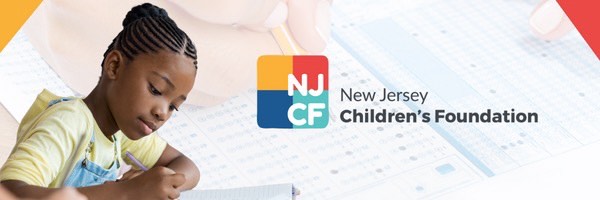The COVID-19 pandemic and resulting lock-downs wreaked havoc on the health of Newark families, on the economic vitality of our city, and on the educational achievement of our children. With some small variance, remote learning was the norm in the 18 or so months from March 2020 when schools first closed, to September 2021, when schools reopened for most kids in the city.
There weren’t a lot of great choices at this time, and every educator we spoke to warned us that student learning would suffer as a result of this disruption.
But we lacked any way to meaningfully quantify that impact, and thereby begin to identify the relative differences in effect, inequities by race, economics and geography, and then use that kind of information to craft more targeted solutions to help schools bounce back.
That’s why we were heartened when, after months of delays and uncertainty, the New Jersey Department of Education released the full dataset on student test scores from Spring 2022–the first such tests students took in three full school years.
The data out of Newark was bracing–to say the least.
In district and charter schools citywide, proficiency rates for students in grades 3-8 fell by 41% in math and by 21% in reading. We saw large drops in the district schools as well as in many charter schools. Some schools dropped more than others, and it does seem that schools with higher past proficiency rates experienced steeper declines. We saw a disheartening increase in what I’ll call “proficiency deserts”, or schools where 9 out of 10 kids failed one of the state tests. But we also saw that some schools were nonetheless able to maintain a high level of performance relative to everyone else, like North Star Academy who continued to best the NJ statewide averages, or Robert Treat Academy who did roughly the same.
The inequities in outcomes for students were not okay before COVID, and in this new era, they aren’t any more acceptable. Every child is competing in the same economy and it’s on us to level that playing field for every one of them. That is, the work on educational equity remains, albeit in a new context. We can love our children and teachers AND expect our schools to work with urgency to help them recover lost learning.
The question is: will we embrace research-proven solutions to boosting student learning, like growing successful charter schools or scaling up high-dosage tutoring programs? Or will we bury the data, avoid tough conversations, and revert to dusting off old ideas from the trash bin of history?

